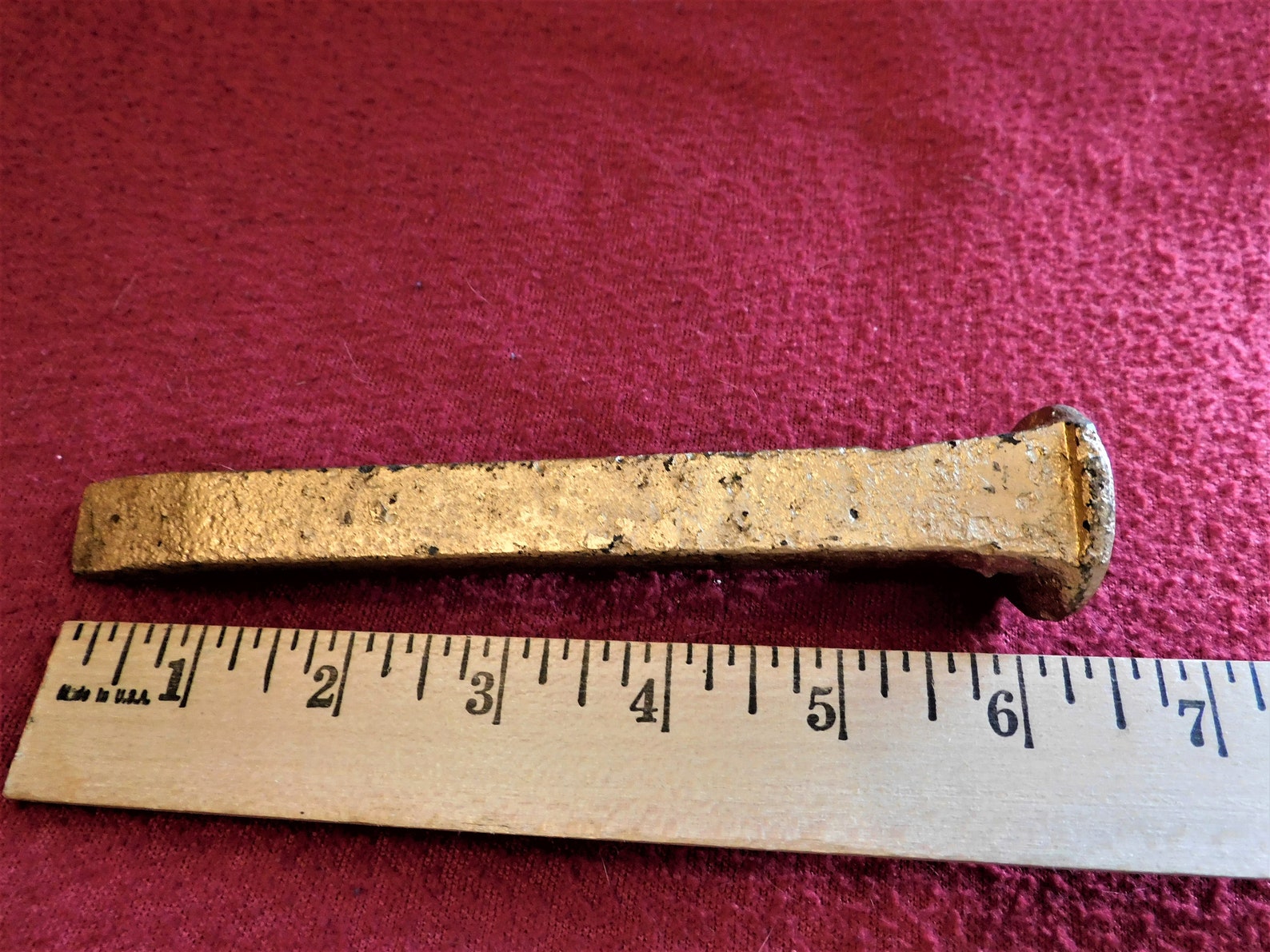

"Do you think you'll ever reach Chicago with that machine?" asked a man who had been comparing the John Bull with a modern locomotive that was hitched to an express train. He handled the machine when it made its first run in this country in 1831. The engineer in charge of the locomotive is A.S. The two passenger coaches were built for the Camden and Amboy Railroad fifty-two years ago. It arrived in this country in August 1831, and was christened John Bull by Mr. Stevens, the founder of the Camden and Amboy Railroad. The locomotive is the original machine built by George Stephenson in England for Robert L. The article, headlined "John Bull On the Rails," began:Īn antique locomotive and two antique passenger coaches will leave Jersey City at 10:16 this forenoon for Chicago over the Pennsylvania Railroad, and they will form part of the World's Fair exhibit of that company. This photograph of the John Bull locomotive and its cars was taken in 1893, but this is what an American passenger train would have looked like circa 1840.Ī drawing that could be based on this photograph appeared in the New York Times on April 17, 1893, accompanying a story about the John Bull making a trip to Chicago. Department of Transportation, Carl Rakeman. This depiction of the famous race was painted a century later by an artist employed by the U.S. Before long the horse-drawn trains on the Baltimore and Ohio Railroad were replaced by steam-powered trains.

But Cooper and his little engine had shown that steam locomotives had a bright future. The Tom Thumb was beating the horse until the locomotive threw a belt from a pulley and had to be brought to a stop. He was challenged to race his little locomotive against one of the trains being pulled by a horse on the Baltimore and Ohio Railroad.Ĭooper accepted the challenge and the race of horse against machine was on. On August 28, 1830, Cooper was demonstrating the Tom Thumb by hauling cars of passengers outside Baltimore. Inventor and businessman Peter Cooper needed a practical locomotive to move material for an ironworks he had purchased in Baltimore, and to fill that need he designed and built a small locomotive he called the Tom Thumb. Less than 40 years after a steam locomotive lost a race to a horse, passengers and freight were moving from the Atlantic to the Pacific over a rapidly growing system of rails. And by the end of the 1860s both coasts of North America had been connected by the transcontinental railroad. Steam locomotives played a role in the American Civil War, moving troops and supplies.

Mechanical refinements made the steam locomotive an efficient and powerful machine, and by the middle of the century the railroad was changing life in profound ways. In the early years of the 19th century locomotives powered by steam were thought to be impractical, and the first railroads were actually built to accommodate wagons pulled by horses.


 0 kommentar(er)
0 kommentar(er)
